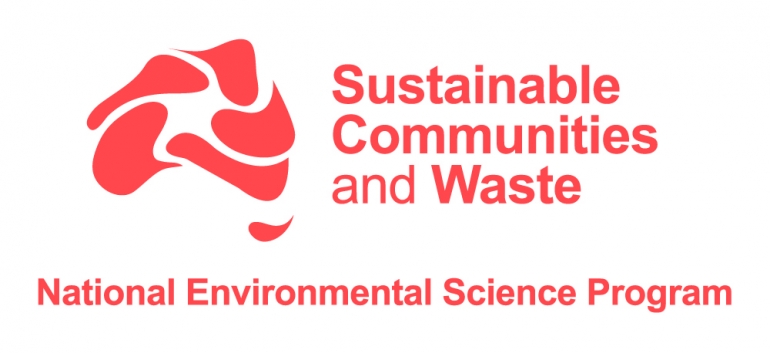Latest news
Read the latest news from the Centre for Sustainable Materials Research and Technology

In exciting news, a consortium led by UNSW and Professor Veena Sahajwalla has won approval by the Australian Government to establish the Sustainable Communities and Waste Hub (SC&W) , funded under the National Environmental Science Program (NESP),
The Hub is a consortium of six world-class research institutions led by UNSW Sydney, working in partnership with the Commonwealth Scientific and Industrial Research Organisation (CSIRO), Monash University (MU), Swinburne University of Technology (SUT), Curtin University (CU), and the University of Tasmania (UTas).
Veena said: “I am delighted with the Australian Government announcement that UNSW and our SMaRT Centre will lead a new Sustainable Communities and Waste Hub, spearheading national research into sustainable communities and waste.
“Waste and recycling has been made a national agenda item by Government and through this new Hub we will create actionable knowledge, methods, tools and data for transformation towards circular economies in our cities and regions. Our capabilities, proposed research activities, and transition pathways will deliver the environmental, social and economic outcomes and impacts that are sought by the National Environmental Science Program which funds the Hub.”
“Australia is world-leading in economic performance, health and liveable cities, but this comes at significant environmental cost with per-capita material, carbon and water footprints that are among the highest in the world. Every Australian generates 2.7 tonnes of waste a year, with only 58% of that recovered from landfill, which is low by international standards.
“An estimated 87% of plastic ends up in landfill. It is predicted that by 2050, 99% of all seabird species will have ingested plastic from the marine environment. In addition to harmful environmental impacts, these losses equate to lost value in materials from the supply chain, that are replaced with virgin materials, placing additional burden on natural, human, and economic resources. A 5% improvement in the efficiency of our material use could benefit Australia’s GDP by as much as $24 billion a year.
“We need to shift the view on waste so that instead of valuing a product which then reaches the end of its productive life, to one where we value the materials from which the product is made and recognise that the materials can be recycled or reformed. At present, there is a focus on waste management at one end of the supply chain, with an emerging recycling and manufacturing industry at the other. New innovations and supply chains need to better link the two together to achieve the desired solution of recycling the materials of waste products so that they can be reformed in our manufacturing industries.
“Protecting the environment and our health from hazardous waste, substances and pollutants is an ongoing challenge and we are all excited to be helping to address this challenge through this new Sustainable Communities and Waste Hub consortium.”
Here is a link to the Government's announcement of the second phase of NESP, known as NESP2, made 10 December 2020, which covered a total investment of $149 million from 2021-2027 across 4 new research hubs: the Sustainable Communities and Waste Hub, the Climate Systems Hub, the Marine and Coastal Hub and the Resilient Landscapes Hub.
Here is a link to the Hub site on the Government's NESP website.
Here is a link to a story about this Hub published by the Australian Financial Review (NB: this is a subscriber site).
Here is a link to the SC&W Hub research page on this website.